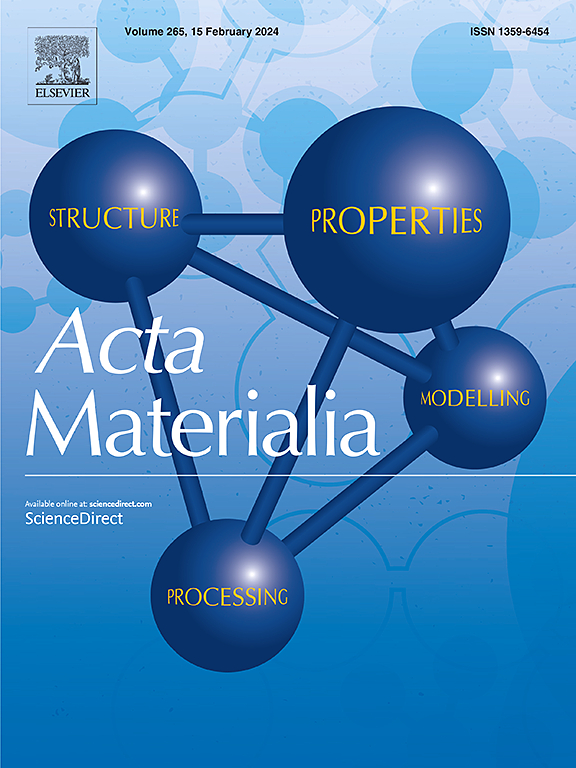从蠕变寿命预测到超抗蠕变钢设计:一种不确定性信息的机器学习方法
IF 8.3
1区 材料科学
Q1 MATERIALS SCIENCE, MULTIDISCIPLINARY
引用次数: 0
摘要
本研究提出了一种包含不确定性的机器学习模型,用于提高抗蠕变钢的蠕变寿命预测和高通量设计。该框架在贝叶斯卷积神经网络中整合了与沉淀粗化相关的关键物理冶金参数,并应用迁移学习将短时拉伸性能与蠕变性能相关联。传统的机器学习模型往往缺乏对预测可信度的评估,与之不同的是,这种基于不确定性的方法可以提供更准确、更稳定的预测,同时还提供了预测可信度的衡量标准。通过将模型与遗传算法相结合,该框架实现了蠕变寿命优化与不确定性之间的平衡,从而支持稳健的合金设计。在新开发的具有可容忍预测不确定性的马氏体耐热钢上进行的验证表明,预测的蠕变寿命与实验测定的蠕变寿命非常吻合,这突出表明了该框架的有效性。这些发现凸显了不确定性建模在推进合金设计的机器学习应用中的关键作用。本文章由计算机程序翻译,如有差异,请以英文原文为准。


From creep-life prediction to ultra-creep-resistant steel design: An uncertainty-informed machine learning approach
In this research a machine learning model incorporating uncertainty to enhance the creep-life prediction and high-throughput design of creep-resistant steel is proposed. The framework integrates key physical metallurgical parameter linked to precipitate coarsening and applies transfer learning to correlate short-time tensile properties with the creep performance, all within a Bayesian convolutional neural network. Unlike conventional machine learning models, which often lack an assessment of prediction credibility, this uncertainty-based approach offers more accurate and stable predictions while also providing a measure of prediction credibility. By combining the model with a genetic algorithm, the framework achieves a balance between creep life optimization and uncertainty, thereby supporting robust alloy design. The validation on newly developed martensitic heat-resistant steels with tolerable prediction uncertainty showed excellent alignment between predicted and experimentally determined creep life, underscoring the effectiveness of the framework. These findings highlight the critical role of uncertainty modeling in advancing machine learning applications for alloy design.
求助全文
通过发布文献求助,成功后即可免费获取论文全文。
去求助
来源期刊

Acta Materialia
工程技术-材料科学:综合
CiteScore
16.10
自引率
8.50%
发文量
801
审稿时长
53 days
期刊介绍:
Acta Materialia serves as a platform for publishing full-length, original papers and commissioned overviews that contribute to a profound understanding of the correlation between the processing, structure, and properties of inorganic materials. The journal seeks papers with high impact potential or those that significantly propel the field forward. The scope includes the atomic and molecular arrangements, chemical and electronic structures, and microstructure of materials, focusing on their mechanical or functional behavior across all length scales, including nanostructures.
 求助内容:
求助内容: 应助结果提醒方式:
应助结果提醒方式:


